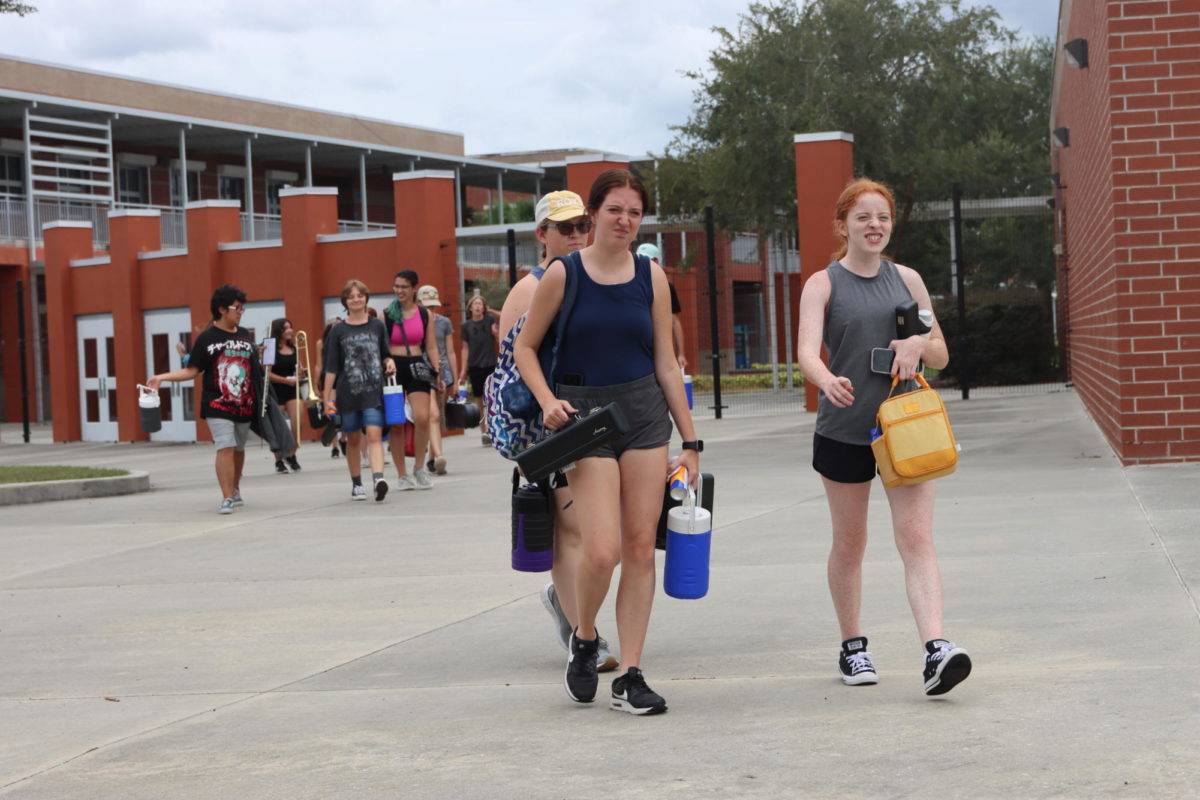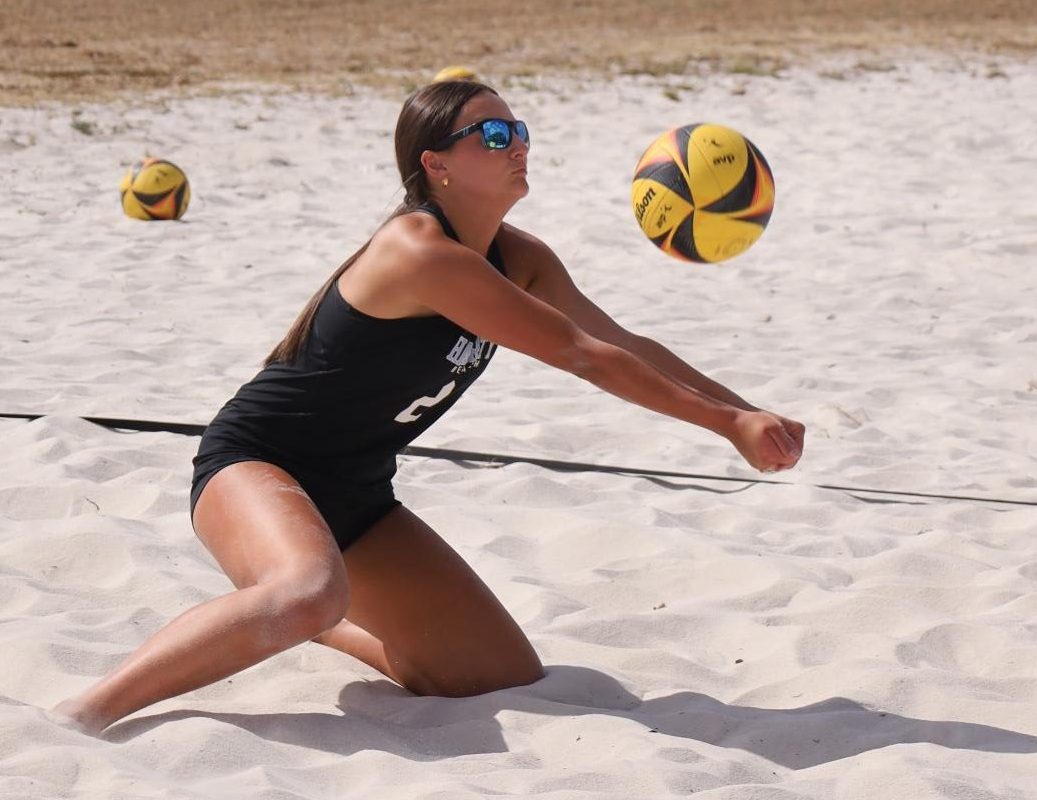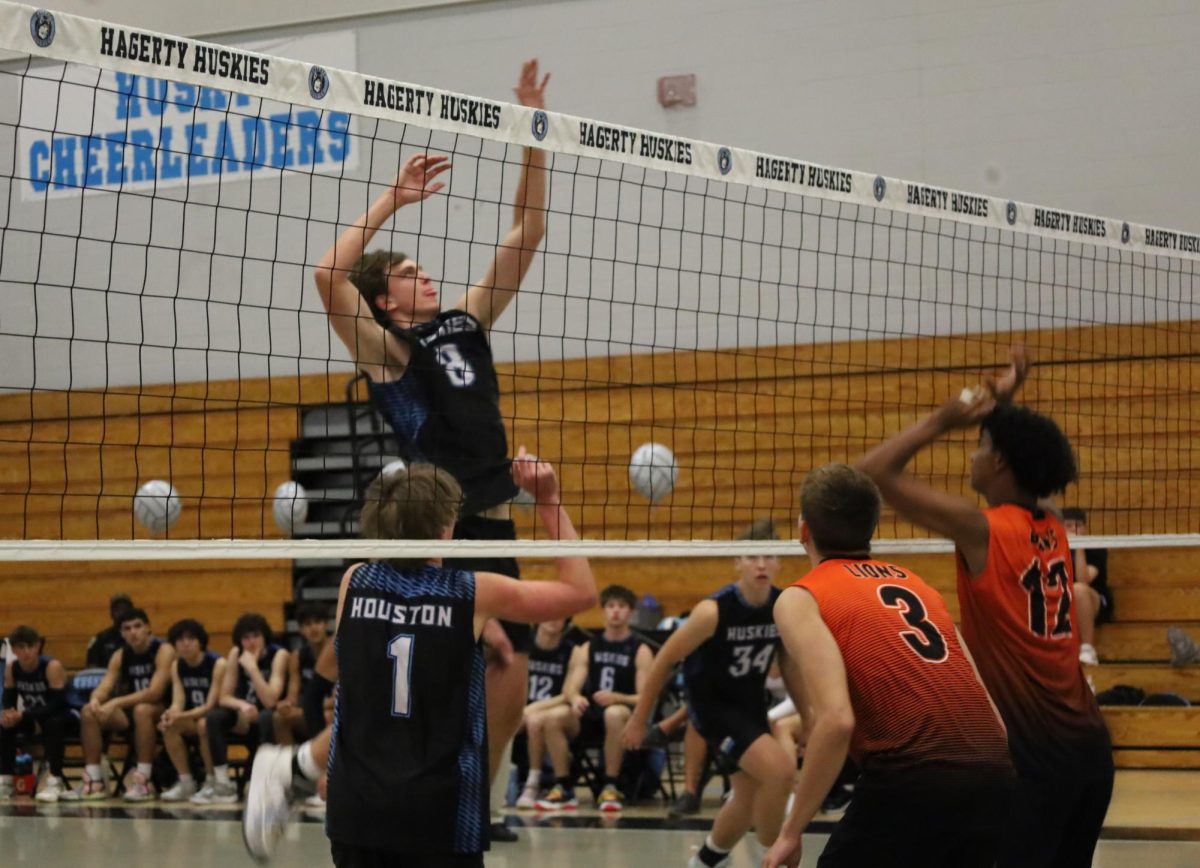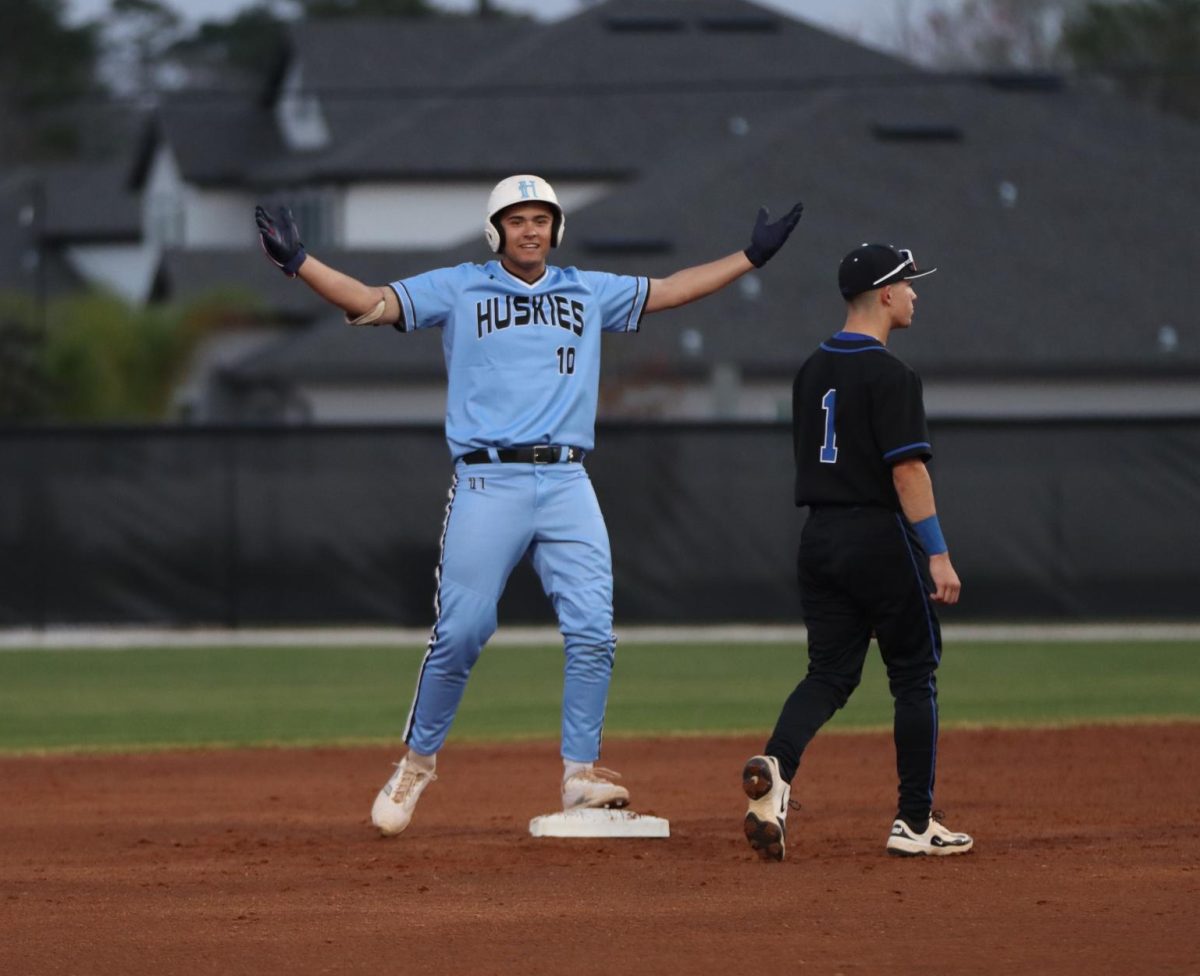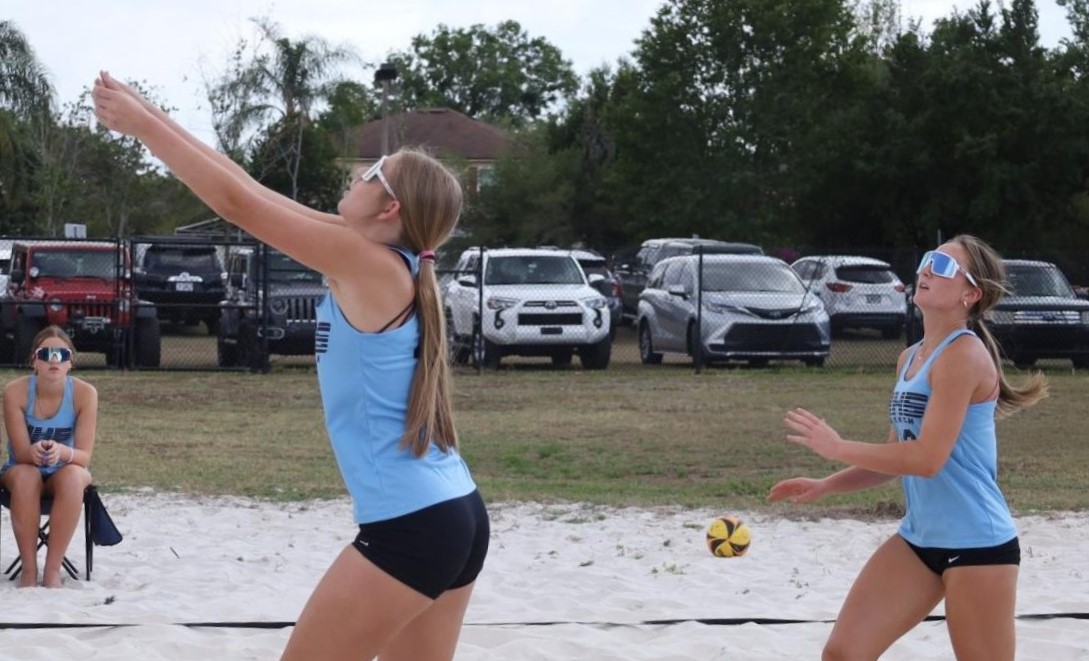From 1995 to 2019, 47 high school football players across Florida died of the same cause: heat illness.
Among them was Zachary Martin, a 16-year-old from South Florida who collapsed during drills and was hospitalized for 11 days before he passed away. To ensure that his death was the last of this kind, Martin’s mother formed the Zachary Martin Foundation and lobbied for legislation protecting student-athletes. Years later, this would take the form of the Zachary Martin Act, which limits when schools can hold outdoor events and tells them what safety precautions are necessary during practices.
Some of these safety measures come in the form of cooling zones, where coaches are required to have access to cold water, ice, a tarp, sponges, and a large tub. In the event that an athlete is severely overheated, they will either be immersed in the tub while it is full of ice water or a coach and three other athletes will hold the corners of the tarp to make an “ice taco,” while the athlete is surrounded by ice inside it.
Both methods for cooling work to get one’s core temperature down as quickly as possible so that they remain stable while medical professionals are called.
Marching band events can be a common place for heat illness to strike if students are not prepared. Flute player Rachel Cobb has personal experience with this.
“My heart rate was really fast,” Cobb said. “Whenever I stood up, my legs shook really badly, and my vision was yellow.”
Cobb was feeling symptoms of severe dehydration coupled with unusually hot outside temperatures. Luckily, she spoke up and was sent home early from practice as a safety measure.
Other sports that are not in season but are doing conditioning are required to follow the same safety measures, as they are also at risk for heat illness. Baseball players participate in long and short distance running drills even though their season is not until spring.
“After we’re done running, we go get some water breaks and just chill out for a little bit,” baseball player Koban Zeigler said.
To determine whether it is safe for students to participate in athletic events at all, the athletic trainers conduct a Wet Bulb Globe Test, which measures the amount of heat stress that an athlete will feel standing in direct sunlight.
Athletic trainer Keith Miessau sets up the WBGT on a tripod stand every day, at a height of about three feet, which is where the average football player’s core would be during practice.
“We constantly monitor the wet bulb readings to ensure that we’re staying within a zone,” Miessau said. “And if the zone goes too high, then we have to make modifications or restrictions to those practices.”
Some of those modifications include adding in more water breaks if the WBGT is above 82, or requiring football players to remove their protective equipment if it is above 90. When the WBGT reaches 92, or the “black zone,” practices must be canceled or rescheduled.
Temperatures during after-school practices have only reached the black zone twice this school year, but one- or two-hour maximum restrictions have been fairly common.
“The biggest thing that we recommend to anybody, athletes and/or others that are practicing or participating in outdoor activities in this extreme heat, is to hydrate,” Miessau said. “What happens before you practice is what gets you through practice and we like to have our athletes prepare a day before with their hydration, rather than the day of.”
Changes in airflow from other parts of the country and building pressure over the state of Florida caused the heatwave that left Central Florida under an excessive heat warning every day from 7 a.m. to 11 p.m. for the first week of school.
Because of this, cross country runners like senior Alena Pezzoli were told to practice on their own once it cooled down in the evenings.
“I’ve been practicing at home every single one of those days that we were canceled, but it definitely is a lot easier running with your teammates,” Pezzoli said. “So I hope that less practices get canceled, but I don’t believe that it will turn our season sour.”
Both coaches and athletes are mandated to participate in online heat safety courses prior to the start of the season. These courses go over basic signs of heatstroke and how to prevent dehydration and heat illness.
Pezzoli said that she has “[seen] some sparkles” a few times, and that it acts as “a little reminder that I should keep staying hydrated.”
At practices, athletes need to stay hydrated, speak up and take breaks if they feel overheated, and be able to recognize warning signs if their teammates are experiencing heat illness. Some of these signs include complaining of chills, looking faint or weak, or not performing at their usual level.
“I run with generally the same people every day, and I know my teammates and I know the way that they struggle with feeling pain,” Pezzoli said. “So if I notice any sort of irregular behavior, or…if they start getting tired when they shouldn’t have gotten tired that early…then I’ll definitely check up on them.”


